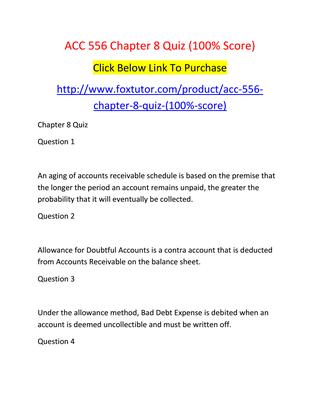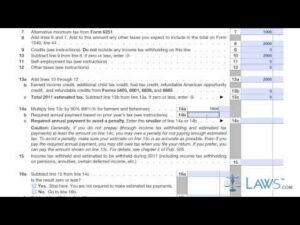
I consider forensic accountants as always being on the lookout for compliance breaches or illegal activity. Someone who uses his knowledge to audit organizations for financial misconduct. For doing this type of accounting, I recommend having a solid understanding of how to file taxes and of your tax code. You’ll need to comply with both professional tax automation software federal regulations and the states in which you operate your business.

Step 7. Create financial statements
- This document is essential for understanding my company’s financial performance and making decisions about future operations.
- Under the principle of consistency, accountants must clearly state any changes in financial data on financial statements.
- Many small business owners do a combination of bookkeeping and accounting.
- Keeping things up to date, including a chart of accounts, can be time-consuming.
- This exam is written and graded by the American Institute of Certified Public Accountants (AICPA).
Unless you have a very small volume of transactions, it’s better to organize separate files for assorted receipts weekly or as they come in. Most accounting software lets you scan paper receipts and avoid physical files altogether. After recording transactions, you’ll want to keep copies of your invoices and all receipts. While tossing receipts in a box might seem tempting, it leads to chaos at tax time. For publicly-traded companies, the SEC requires the annual reporting of financial statements. Use year-to-date financial data to determine a client’s quarterly tax obligations.
Run your business with confidence
Instead, look into accounting software for your bookkeeping and accounting tasks, and minimize the use of spreadsheets. If you run payroll for your business, you’ll have to manage any changes to payroll, such as tax laws and employee turnover. The taxes due for a particular employee can also change frequently over time.
But a beginner’s guide to the multi-step income statement CRA rules state that you must change your HST/GST reporting period if you experience an increase in sales and taxable supplies. Review the payroll summary before payments are disbursed to avoid making corrections during the next payroll period. A payroll service provider can do all this to save you time and ensure accuracy at a reasonable cost. All you need is a simple statement showing your current cash position, expected upcoming cash receipts, and expected cash payments for this period. Managing your cash flow is critical, especially the first year of your business. Forecasting how much cash you will need in the coming weeks and months will help you reserve enough money to pay bills, including your employees and suppliers.
If you have a staff, give them the tools they need to succeed in implementing the accounting cycle. This could mean providing quarterly training on best practices, meeting with your staff each cycle to find their pain points, or equipping them with the proper accounting tools. Among the most important trends in the accounting field are the increasingly high standards surrounding transparency in accounting and a greater focus on data security.
How To Become an Accountant
In addition, they must complete 72 hours of continuing education every three years. Becoming a tax preparer is a straightforward process that involves passing the IRS’s suitability check and obtaining a preparer tax identification number (PTIN). However, in order to have “representation rights,” one must be an enrolled agent, CPA, or attorney. Tax preparers, on general and administrative expense the other hand, are often non-licensed professionals who typically focus on preparing, filing, or assisting with general tax forms.
Look for a bank that has a local branch as well as robust online banking. Also, be sure the bank can integrate with your point-of-sale (POS) system and other technological needs. Business bank accounts typically charge more than personal accounts and often have a higher minimum balance. Check these numbers before committing to a bank and a business account. Many small business owners do a combination of bookkeeping and accounting. A balance sheet is a snapshot of the business’s financial standing at a single point in time.
Accountants work with companies, governments, and non-profits, or set up private practices. Having a separate bank account for your business income and expenses will make your accounting easier. You’ll only have one account to monitor for bookkeeping and tax purposes, and your personal income and expenses won’t get entangled with your business ones. Believe me — only having to look at one set of bank statements is a lifesaver during tax season. Record each transaction (billing customers, receiving cash from customers, paying suppliers, etc.) daily or weekly, depending on volume. Although recording transactions manually or in Microsoft Excel sheets is acceptable, it is probably easier to use small business accounting software like QuickBooks.